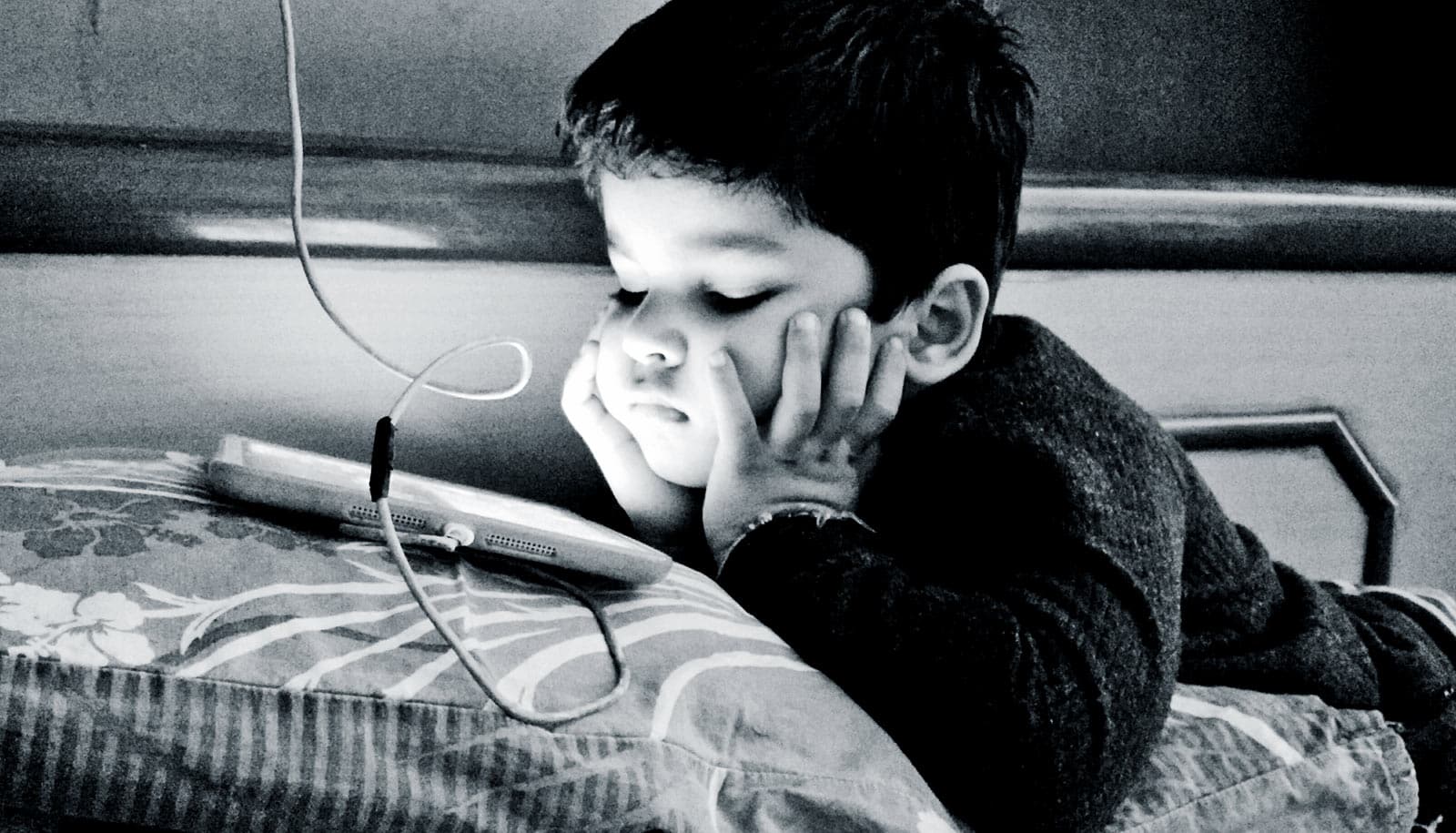In a new manuscript on digital media and sleep, researchers recommend removing electronic media from children’s bedrooms and encouraging calming bedtime routines to help kids sleep better.
The manuscript is based on previous studies that suggest the use of digital devices before bedtime leads to insufficient sleep.
The recommendations, for clinicians and parents, are:
- Make sleep a priority by talking with family members about the importance of sleep and healthy sleep expectations;
- Encourage a bedtime routine that includes calming activities and avoids electronic media use;
- Encourage families to remove all electronic devices from their child or teen’s bedroom, including TVs, video games, computers, tablets, and cell phones;
- Talk with family members about the negative consequences of bright light in the evening on sleep; and
- If a child or adolescent is exhibiting mood or behavioral problems, consider insufficient sleep as a contributing factor.
“Recent reviews of scientific literature reveal that the vast majority of studies find evidence for an adverse association between screen-based media consumption and sleep health, primarily delayed bedtimes and reduced total sleep duration,” says Orfeu Buxton, associate professor of biobehavioral health at Penn State and an author of the manuscript.
The reasons behind this adverse association likely include time spent on screens replacing time spent sleeping; mental stimulation from media content; and the effects of light interrupting sleep cycles, according to the researchers.
Electronics at bedtime rob kids of sleep
Buxton and other researchers are exploring this topic further. They are working to understand if media use affects the timing and duration of sleep among children and adolescents; the role of parenting and family practices; the links between screen time and sleep quality and tiredness; and the influence of light on circadian physiology and sleep health among children and adolescents.
The research appears in a special supplement on this topic in the journal Pediatrics.
Additional authors of the manuscript are from Penn State; Stony Brook Medicine in New York; the University of Colorado Boulder; and West Virginia University.
Source: Penn State



